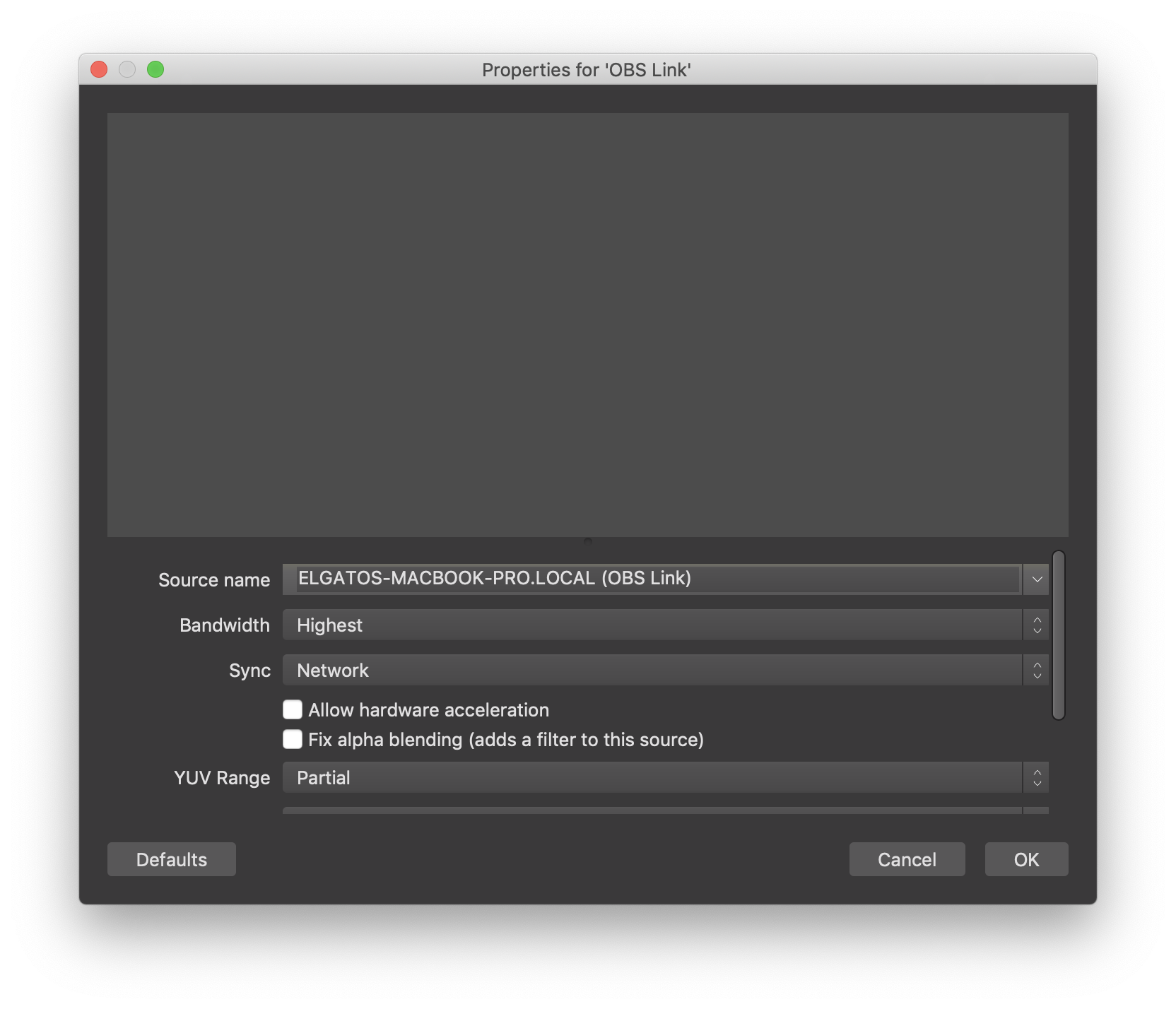

On the other hand, at maximum (or epic) settings, NDI is slightly more performant than NVENC. Now lets discuss the results! In Fortnite, we get a clear descrease in FPS when going from NVENC, to NDI, to x264, especially at medium and low in-game settings. Since this still requires some CPU performance, it still comes with a slight in-game performance loss. This comes with the benefit of not requiring a transfer of frames and additionally the NVENC chip is only used for encoding / decoding of video and is not utilized for other tasks, generally resulting in a much lower performance penalty compared to x264.įinally, NDI requires a secondary PC and is therefore not really considered an encoder! It basically acts as a transfer protocol to transfer your OBS preview from one computer to another.

Next, when streaming using NVENC (new), frames do not need to be transferred other than from the framebuffer to the Nvidia Encoder chip on qualifying GTX (later than 560 series) or RTX cards. Both the transferring of frames from our GPU to the RAM and the encoding of the live stream put a lot of stress on the CPU, resulting in generally much lower performance than without streaming. Each frame therefore has to be transferred from the GPU to the CPU, get compressed and finally uploaded to / YouTube. Let’s briefly discuss those three approaches beginning with x264: In this case, we use the CPU to encode our gameplay. The encoder settings for NVENC and x264 are shown below: I am streaming at a resolution of 1600×900 and at 60FPS. This is especially true for the new NVENC implementation on Turing GPU’s.įor this inter-comparison, I am running the games at 1080p resolution and use three different in-game quality presets (low, medium, ultra).

All three approaches come with their benefits and disadvantages, but only one approach is king when it comes to the highest possible in-game performance while live streaming: NVENC.

In this video, I discuss the in-game performance of Fortnite, CS:GO, and PUBG when streaming using three different approaches: NVENC, NDI, and x264.


 0 kommentar(er)
0 kommentar(er)
